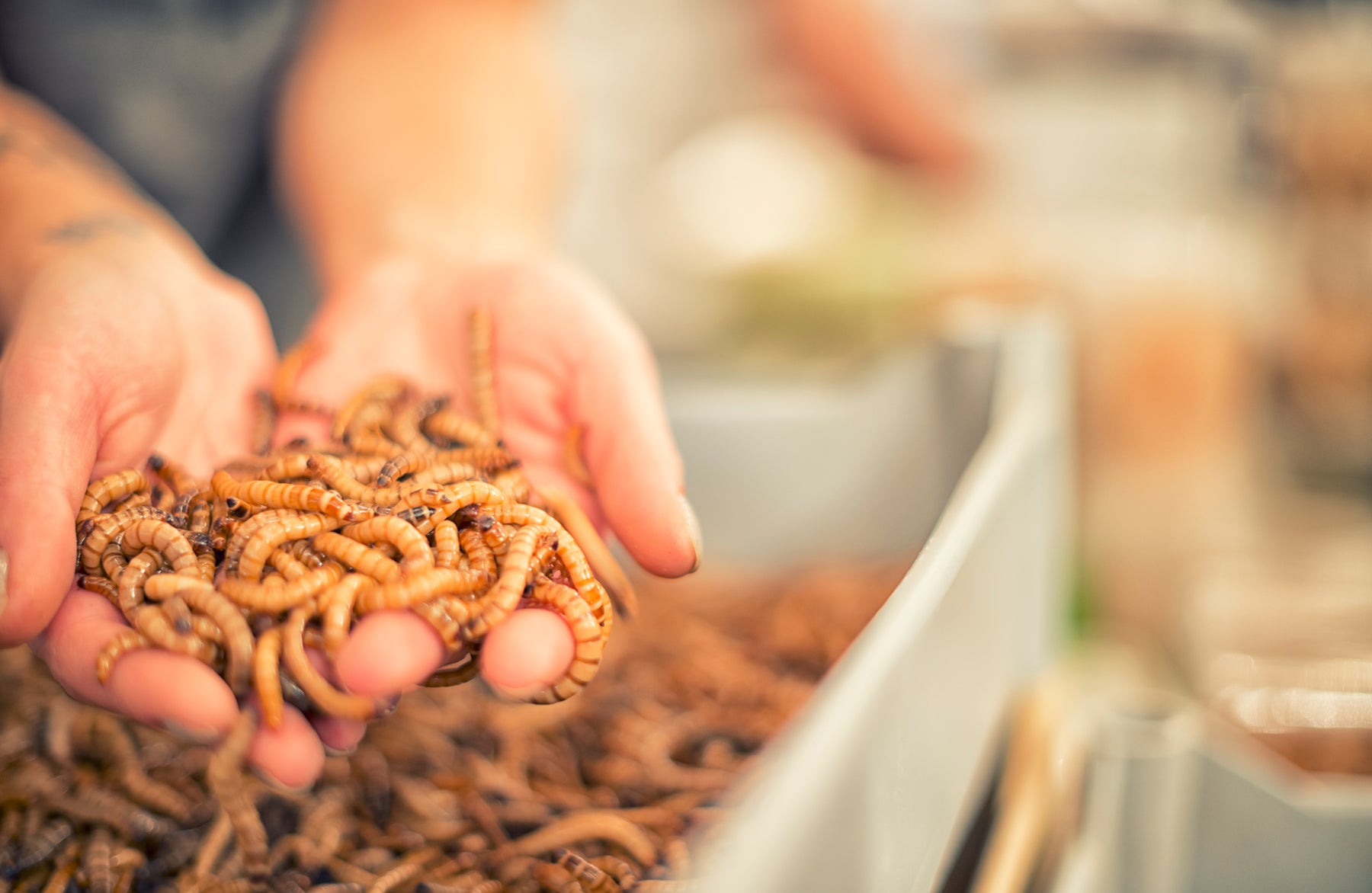

Articles
How To Store Superworms
Modified: December 7, 2023
Discover the best methods for storing superworms with our informative articles. Keep your superworms healthy and thriving for your reptiles or fishing needs.
(Many of the links in this article redirect to a specific reviewed product. Your purchase of these products through affiliate links helps to generate commission for Storables.com, at no extra cost. Learn more)
Introduction
Welcome to the wonderful world of storing superworms! Superworms, also known as Zophobas morio, are a common feeder insect used to feed reptiles, birds, and other insectivorous pets. Whether you’re a reptile enthusiast, a bird owner, or just someone curious about superworms, learning how to properly store them is crucial to ensure their health and longevity.
In this article, we will guide you through the process of storing superworms, covering everything from choosing the right container to feeding and maintaining optimal conditions. By following these tips, you’ll be able to maintain a healthy and thriving superworm colony, ensuring a continuous supply of feeder insects for your beloved pets.
So let’s jump right in and start exploring the various aspects of storing superworms!
Key Takeaways:
- Create a thriving superworm colony by choosing the right container, providing proper ventilation, and maintaining optimal light and temperature conditions. Regular feeding, watering, and handling are essential for their well-being.
- Troubleshoot common issues like mold, escaping worms, slow growth, or predator infestation promptly to maintain a healthy and self-sustaining superworm colony. With patience and diligence, enjoy providing optimal care for these fascinating creatures!
Read more: How To Store Basil From Store
Choosing the Right Container
When it comes to storing superworms, selecting the appropriate container is essential to create a suitable environment for their growth and development. Here are a few key factors to consider:
- Size: Superworms require ample space to move around and thrive. Opt for a container that provides enough room for them to crawl and burrow comfortably.
- Material: Choose a container made of a non-toxic material that doesn’t allow the worms to escape. Plastic or glass containers with a secure lid are usually the best options.
- Ventilation: Adequate airflow is crucial to prevent the buildup of moisture and maintain a healthy environment. Look for containers with small ventilation holes or consider using a mesh screen lid to ensure proper ventilation.
Additionally, you may want to consider using multiple containers to segregate superworms of different sizes or stages of development. This can help simplify feeding, monitoring, and maintenance.
Remember, the goal is to create a safe, comfortable, and easily accessible space for superworms to thrive and reproduce.
Ventilation
Proper ventilation is vital for the well-being of your stored superworms. Without adequate airflow, the environment can become stagnant and lead to moisture buildup, which may result in mold or bacterial growth. Here are some tips for ensuring proper ventilation:
- Ventilation Holes: Ensure your container has small holes or vents to allow air to circulate. These holes should be small enough to prevent the escape of superworms.
- Mesh Screen: If your container doesn’t have built-in ventilation, consider using a mesh screen or wire mesh lid instead. This will allow for sufficient airflow while keeping the superworms securely contained.
- Positioning: Place the container in a well-ventilated area of your home, away from direct sunlight and extreme temperatures. This will help maintain a consistent airflow around the container.
Regularly monitor the ventilation in your superworm storage setup to ensure it remains optimal. If you notice any signs of excessive moisture or odors, it may indicate poor ventilation, and adjustments should be made accordingly.
Remember, providing proper ventilation is crucial for the overall health and well-being of your superworm colony.
Substrate
Choosing the right substrate for your stored superworms is essential to recreate their natural habitat and promote their overall well-being. The substrate not only provides a medium for the superworms to burrow and hide but also helps to maintain proper humidity levels. Here are some important considerations when selecting a substrate:
- Moisture Retention: Superworms prefer a substrate that can retain some moisture without becoming waterlogged. Consider using materials like coconut coir, peat moss, or a mixture of organic soil and vermiculite to achieve the desired moisture balance.
- Avoid Toxic Substances: Ensure that the substrate you choose is free from any toxic or harmful chemicals. Avoid using substrates treated with pesticides or any materials that may harm the superworms.
- Easy to Clean: Choose a substrate that is easy to clean and replace when necessary. Regular cleaning and substrate changing help maintain a clean and healthy environment for the superworms.
It’s important to note that superworms are more tolerant of different substrate types compared to other insect species. However, providing them with a suitable substrate will make them feel more comfortable and encourage natural behaviors.
Remember to regularly monitor the substrate moisture levels and cleanliness to ensure a hygienic environment for your superworms. Replace the substrate as needed to maintain optimal conditions and promote the well-being of your colony.
Light and Temperature
Light and temperature play crucial roles in the development and overall health of superworms. Here are some important considerations to keep in mind:
- Light: Superworms are not particularly sensitive to light and do not require specific lighting conditions. However, it’s best to store them in a room with natural light or provide a gentle ambient light source. Avoid exposing them to direct sunlight, as excessive heat can be harmful.
- Temperature: Superworms thrive in temperatures ranging from 75°F to 85°F (24°C to 29°C). Keep their storage area within this temperature range for optimal growth and reproduction. Avoid extreme temperature fluctuations, as they can negatively impact the health of the superworms.
- Heating and Cooling: In colder environments, you may need to use a heat mat or a small heating pad to maintain the desired temperature. Conversely, in hot climates, you may need to use a fan or air conditioning to prevent the storage area from becoming excessively warm.
Regularly monitor the temperature in the storage area to ensure it remains within the appropriate range. This will help promote the overall health and vitality of your superworm colony.
Remember, providing a suitable light source and maintaining the ideal temperature range are key factors in ensuring the well-being of your stored superworms.
Store superworms in a well-ventilated container with a lid, lined with a substrate like oats or bran. Keep them at room temperature and away from direct sunlight. Feed them fruits and vegetables for nutrition.
Read more: How To Store Store-Bought Bread
Feeding and Watering
Feeding and watering your stored superworms is essential for their nutrition and hydration. Here are some important guidelines to follow:
- Feeding: Superworms are voracious eaters and require a balanced diet to stay healthy. Feed them a variety of nutritious foods such as grains, vegetables, fruits, and commercial gut-loading feeds. Gut-loading the superworms before feeding them to your pets ensures that they are packed with essential nutrients.
- Frequency: Feed your superworms every 2-3 days or as needed, depending on their consumption rate. Adjust the amount of food offered to avoid overfeeding and prevent food waste.
- Watering: While superworms obtain most of their hydration from the food they eat, it’s important to provide a supplemental water source. Place a shallow dish or a sponge soaked in water in their container to ensure they have access to moisture. Make sure to regularly check and replenish the water source as needed.
It’s important to note that providing moisture-rich foods like fruits and vegetables also contributes to the hydration of the superworms. This helps keep them healthy and prevents dehydration.
Remember to observe your superworms’ eating habits and ensure they have a constant supply of fresh food and water. This will promote their overall health and provide optimal nutrition for feeding to your pets.
Handling and Maintenance
Proper handling and regular maintenance are essential for the well-being and longevity of your stored superworms. Here are some important tips to follow:
- Handling: When handling superworms, it’s best to use clean and dry hands. Avoid handling them excessively to minimize stress and potential harm to the worms. If necessary, use gentle movements and avoid squeezing or dropping them.
- Cleaning: Regularly clean the container and remove any uneaten food, feces, or dead worms. This helps maintain a clean and hygienic environment for the superworms. Replace the substrate when it becomes soiled or wet.
- Monitoring: Regularly observe your stored superworms for signs of good health. Look for active movement, plump bodies, and a healthy appetite. If you notice any sick or dead worms, remove them promptly to prevent the spread of disease or deterioration of the colony.
- Breeding: If you intend to breed superworms, provide a separate container with suitable breeding conditions. Offer a dark and moist area with an additional food source, such as carrots or potatoes, for the pupae to transform into beetles.
Consistency and attention to detail are key in handling and maintaining your superworm colony. By following these guidelines, you will create a favorable environment that promotes their well-being and reproductive success.
Remember, proper handling and regular maintenance are crucial for the health and productivity of your superworm colony.
Common Issues and Troubleshooting
Despite your best efforts, you may encounter some common issues when storing superworms. Here are a few problems you might face and some troubleshooting tips:
- Mold: Excessive moisture can lead to the growth of mold in the superworm container. To prevent mold, ensure proper ventilation and avoid over-moistening the substrate. If mold does appear, remove any affected substrate and reduce the moisture levels.
- Escaping Worms: Superworms are active and can be skilled at finding small openings to escape. Check your container regularly for any gaps or loose lids. Consider using a container with a secure lid or adding a barrier, such as petroleum jelly, around the top edge of the container.
- Slow Growth: If your superworms are experiencing slow growth or are not pupating, it may be due to suboptimal temperatures or insufficient nutrition. Ensure that the temperature remains within the recommended range and provide a balanced diet to promote healthy growth.
- Predator Infestation: In some cases, other pests or insects may infiltrate the superworm container and feed on the worms. Regularly inspect and clean the container to prevent potential infestations. Consider using sticky traps or natural predator species, such as beneficial insects, to control any invaders.
It’s essential to address any issues promptly to maintain the health and vitality of your superworm colony. By troubleshooting and making necessary adjustments, you can ensure a successful storage system for your superworms.
Remember, being proactive in identifying and resolving common issues will help you maintain a thriving superworm colony over time.
Conclusion
Congratulations! You have now learned the essentials of storing superworms and creating a suitable environment for their well-being. By following the guidelines provided in this article, you can ensure a healthy, thriving, and self-sustaining superworm colony to meet the feeding needs of your reptiles, birds, or other insectivorous pets.
Remember to choose the right container, provide proper ventilation, select an appropriate substrate, maintain optimal light and temperature conditions, and regularly feed and water your superworms. Additionally, handle them with care and stay on top of regular maintenance tasks to keep the colony clean and healthy.
In the event of common issues such as mold, escaping worms, slow growth, or predator infestation, troubleshoot promptly and take the necessary steps to rectify the situation. By doing so, you’ll ensure the long-term success of your superworm storage system.
With patience and diligence, you’ll be able to reap the benefits of a self-sustaining colony that provides a continuous supply of healthy and nutritious feeder insects for your beloved pets. Enjoy the journey of being a responsible superworm owner and providing optimal care for these fascinating creatures!
Frequently Asked Questions about How To Store Superworms
Was this page helpful?
At Storables.com, we guarantee accurate and reliable information. Our content, validated by Expert Board Contributors, is crafted following stringent Editorial Policies. We're committed to providing you with well-researched, expert-backed insights for all your informational needs.


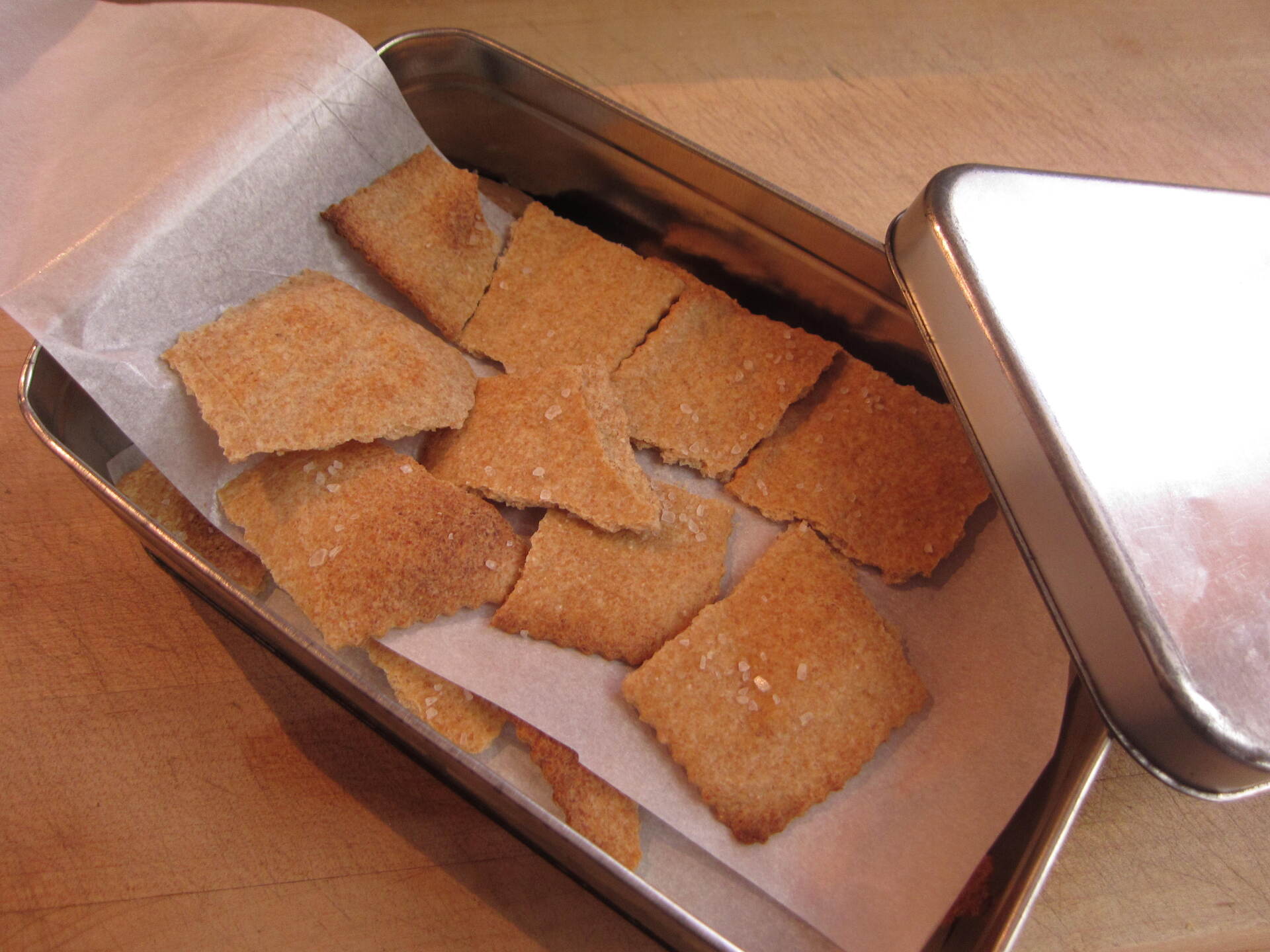
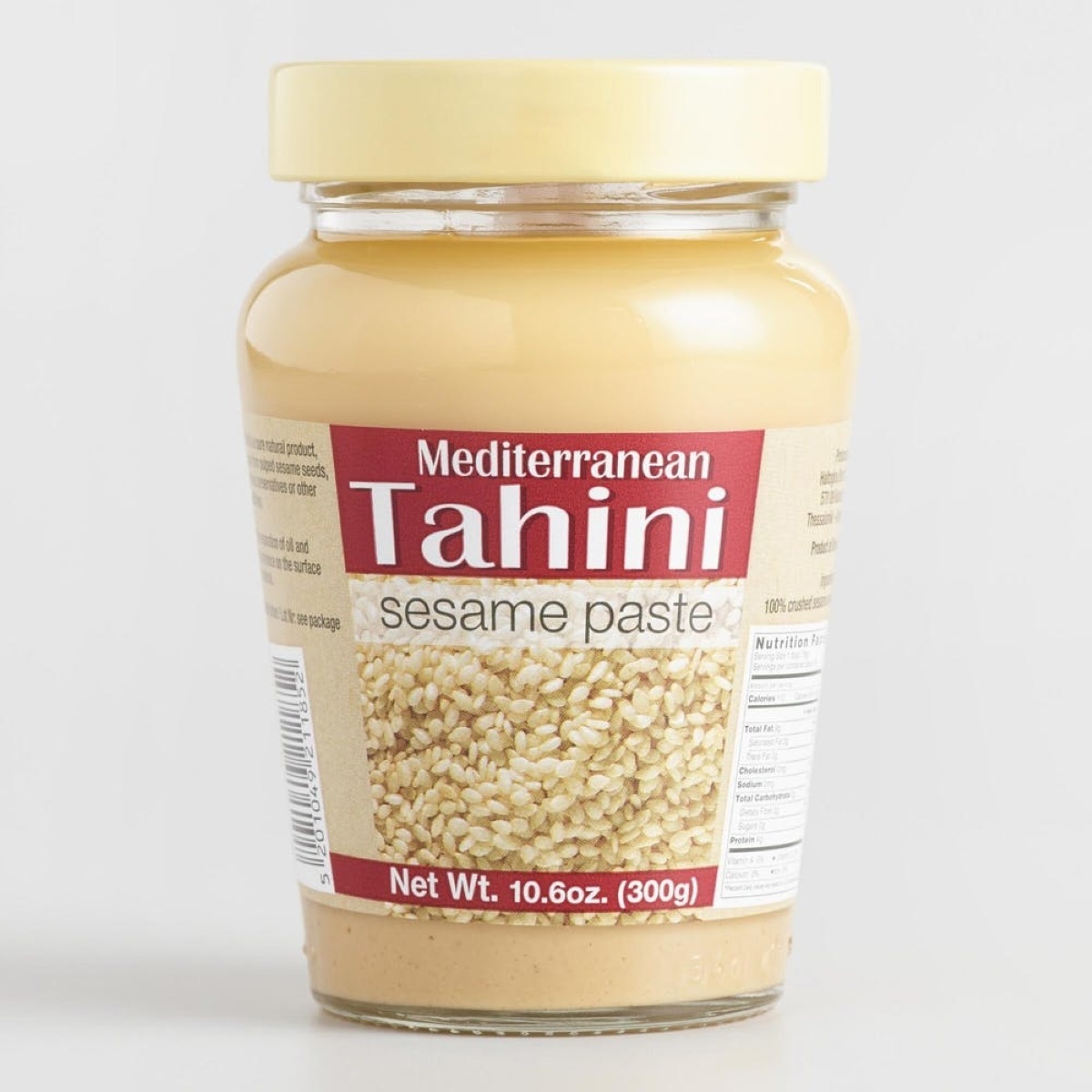
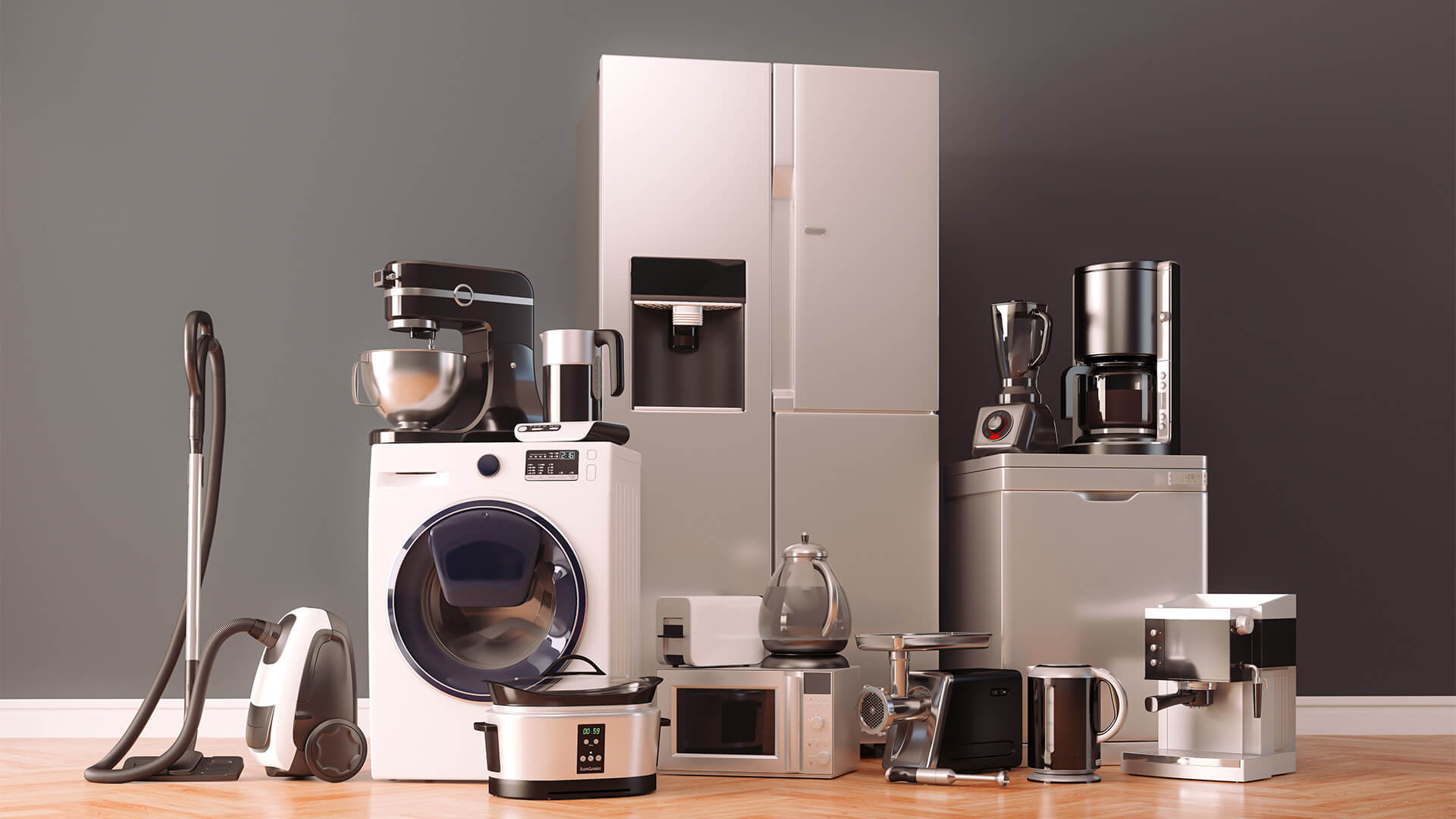


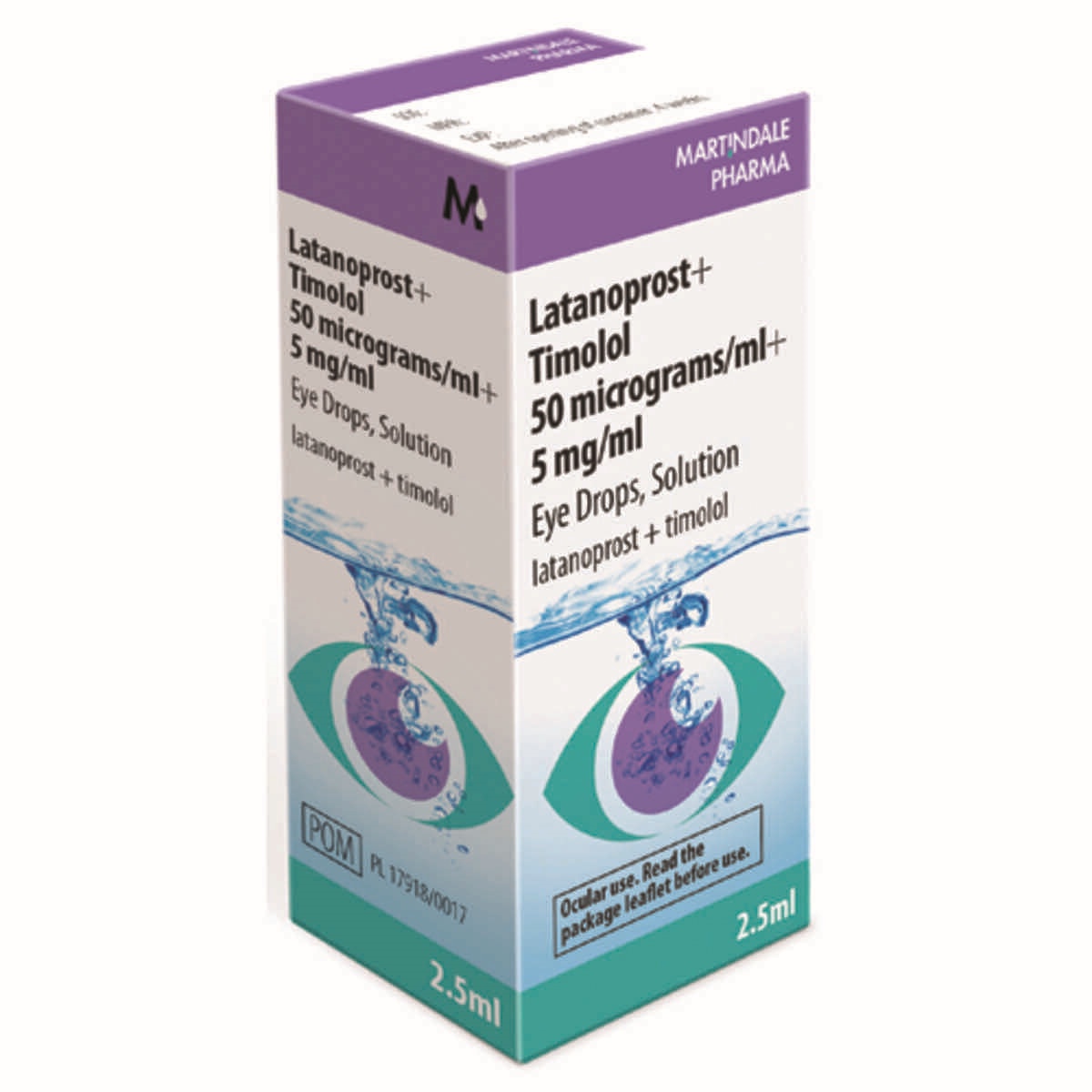

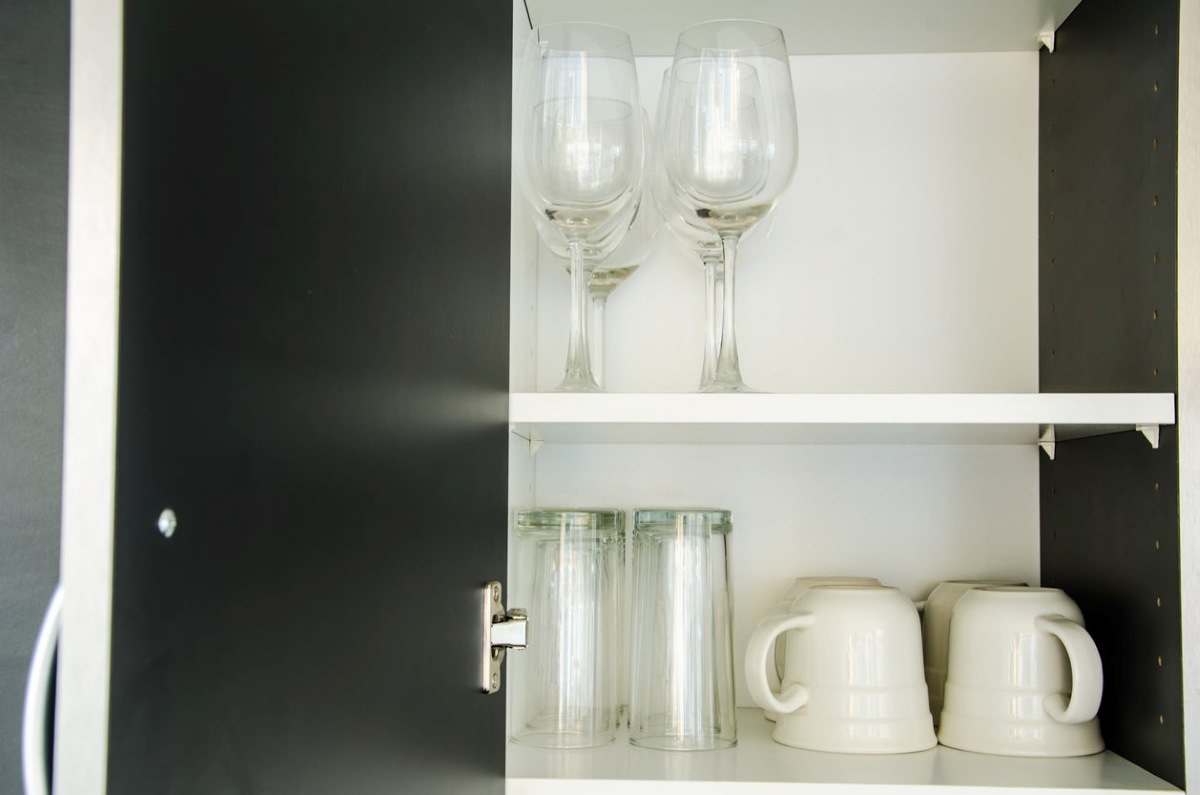
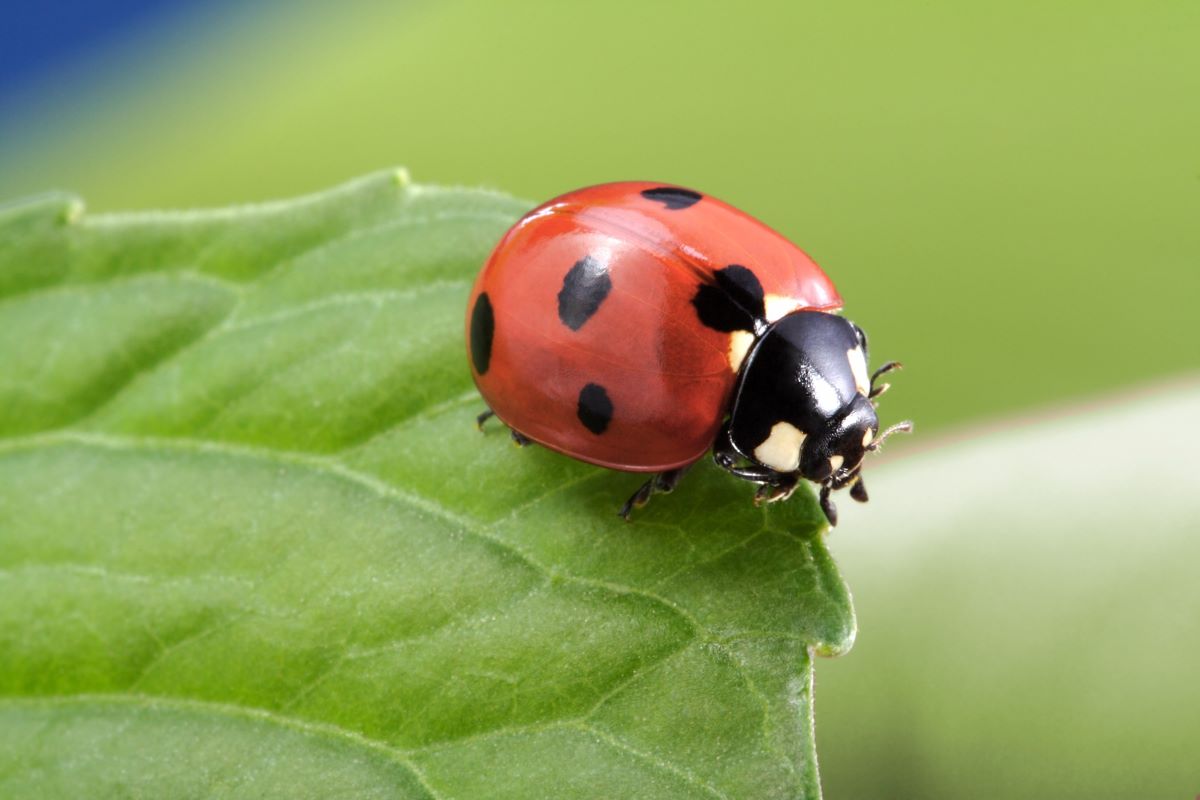

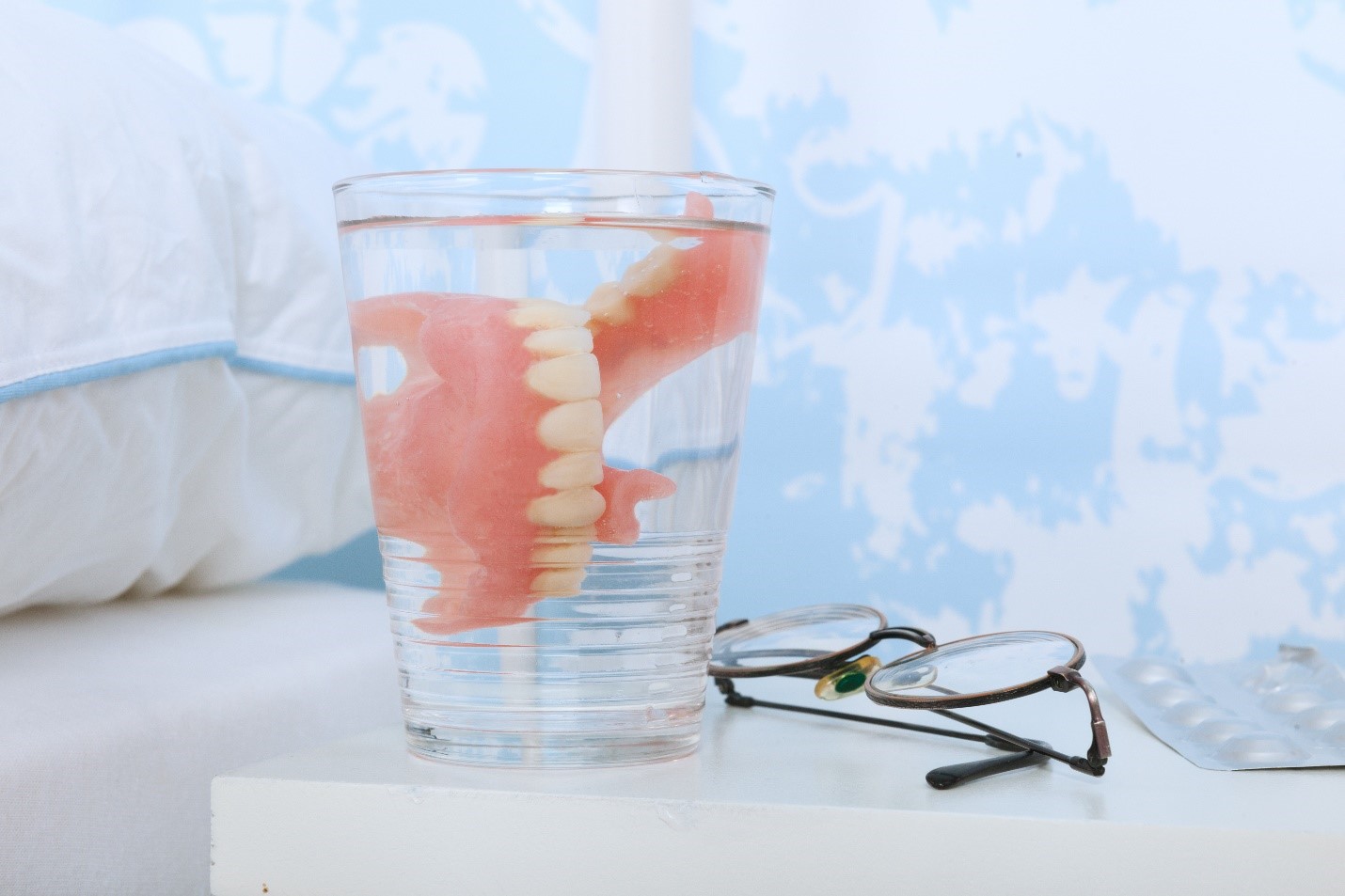
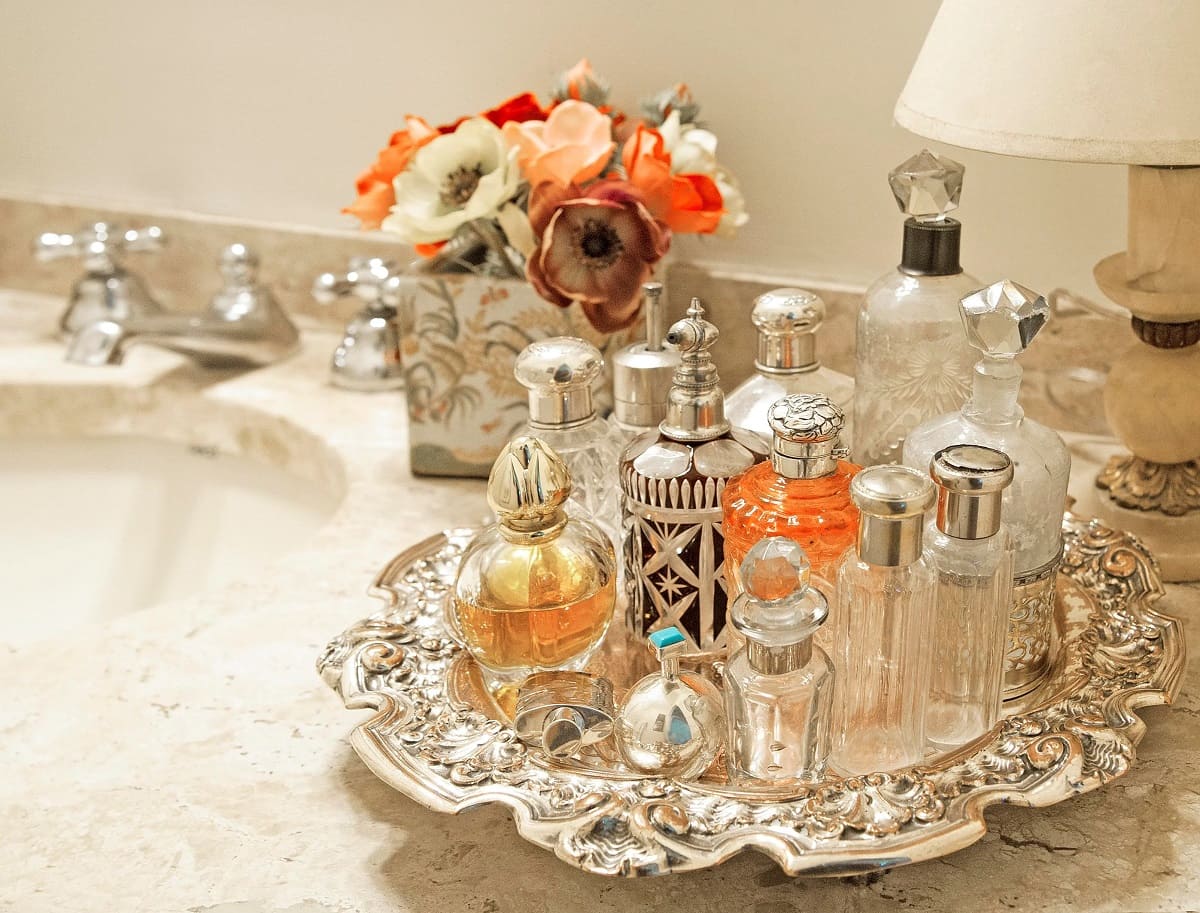

0 thoughts on “How To Store Superworms”